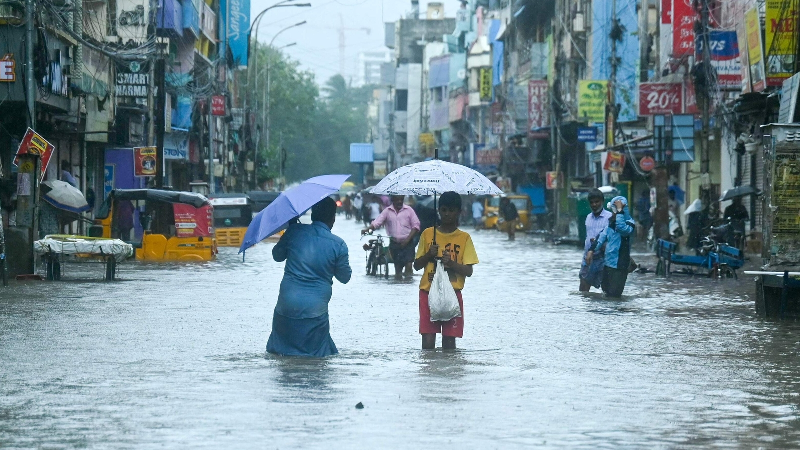
Cyclone Fenjal, which struck the coastal regions of India, has had a significant impact on Chennai, one of the country’s major metropolitan cities. The cyclone, which made landfall in late 2025, brought with it heavy rains, strong winds, and widespread flooding. While the immediate destruction of infrastructure and loss of life made headlines, the long-term effects on the water supply and contamination in Chennai are equally concerning, especially given the city’s ongoing struggles with water scarcity.
Disruption of Water Supply Systems
Chennai’s water supply systems were severely disrupted due to Cyclone Fenjal. The city relies on several major reservoirs, including the Chembarambakkam and Poondi reservoirs, for its drinking water. The cyclone’s torrential rains and subsequent flooding led to the overflowing of these water bodies, which, while initially replenishing the city’s supply, also led to the contamination of stored water.
Additionally, the floodwaters overwhelmed the city’s network of underground pipes and treatment facilities. This caused a direct impact on the regular distribution of water to residential and commercial areas. Many parts of the city experienced prolonged water cuts, and residents were forced to rely on emergency water tankers to meet their daily needs. The heavy rains and flooding also caused soil erosion, damaging the pipes that transport water from the reservoirs to the city, leading to a further decline in the availability of clean water.
Water Contamination and Health Risks
The flooding from Cyclone Fenjal brought another significant challenge: the contamination of water sources. As floodwaters inundated the city, they mixed with sewage and industrial waste, making many of the reservoirs, lakes, and rivers unusable. This widespread contamination posed a serious public health risk, as untreated water began to flow into homes, schools, and businesses.
The cyclonic conditions also damaged water filtration plants, which were unable to provide clean water to the population. In the absence of clean water, residents were at a heightened risk of waterborne diseases, such as cholera, dysentery, and typhoid. The authorities issued warnings urging the public to boil water before consumption and to take precautions against drinking untreated water.
Long-term Environmental Impacts
In addition to immediate health risks, Cyclone Fenjal has had long-lasting effects on the environment, which will continue to affect the water supply in Chennai. The contamination of rivers and lakes with industrial chemicals, plastics, and other pollutants presents a significant challenge for water purification in the future. Furthermore, the storm has exacerbated Chennai’s already fragile water infrastructure, which was struggling to meet the demands of its growing population even before the cyclone.
As climate change continues to increase the frequency and intensity of cyclones in the region, the city’s vulnerability to water-related challenges will likely rise. The long-term impacts of Cyclone Fenjal could set back efforts to improve water supply management in Chennai for years to come.
Conclusion
The aftermath of Cyclone Fenjal highlights the critical need for Chennai to invest in more resilient water infrastructure and improved flood management strategies. While the immediate damage to water supply systems and the risk of water contamination is severe, it also serves as a wake-up call for the city to prioritize sustainable water management and better disaster preparedness to safeguard its population in the future.


